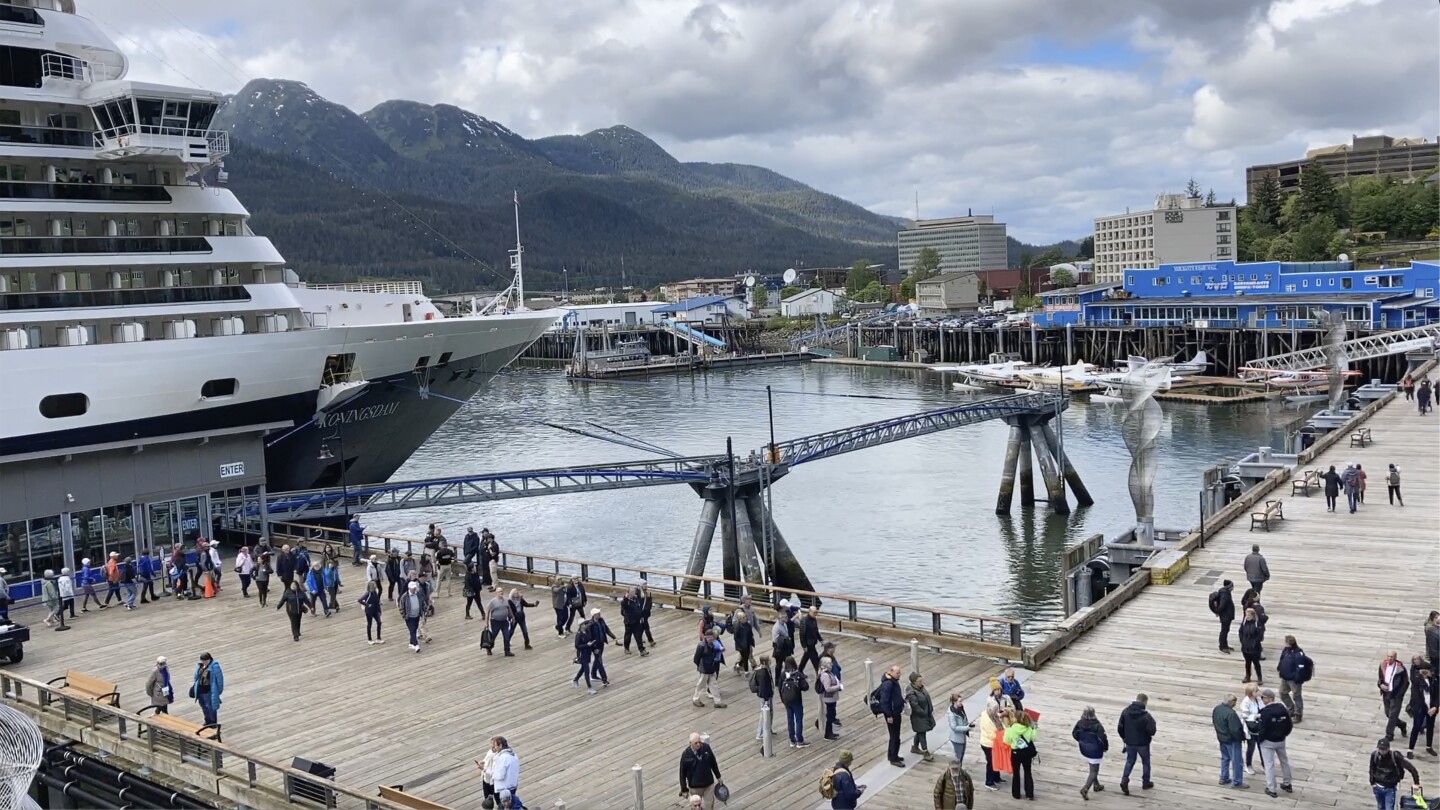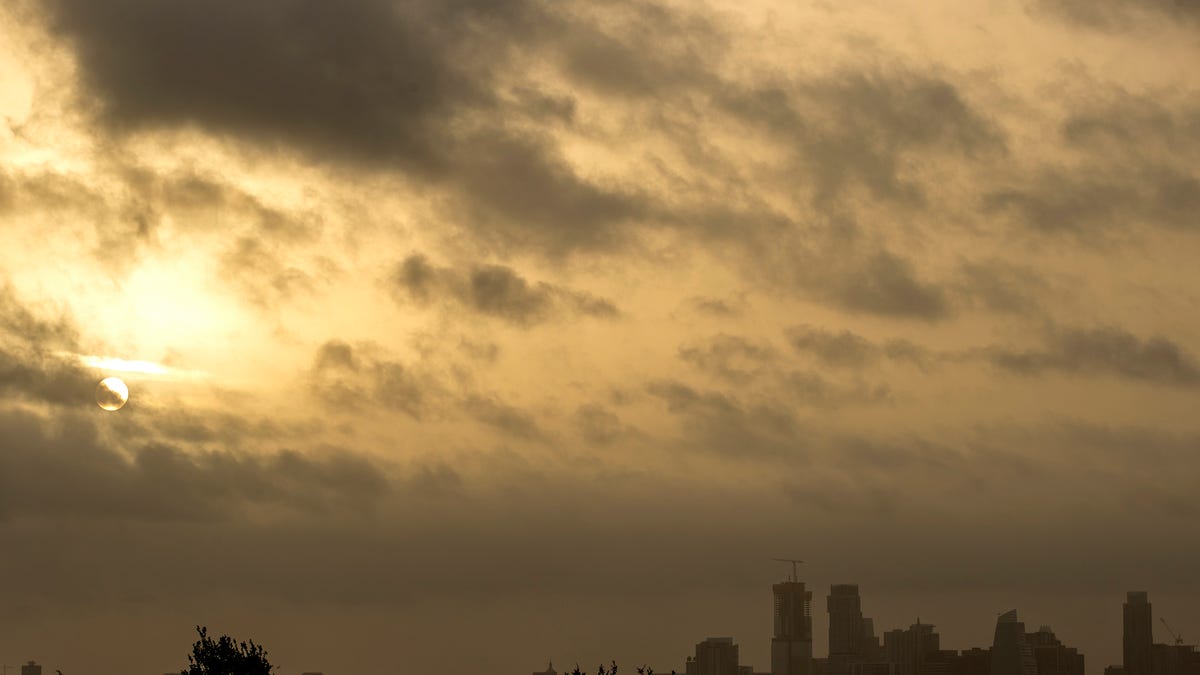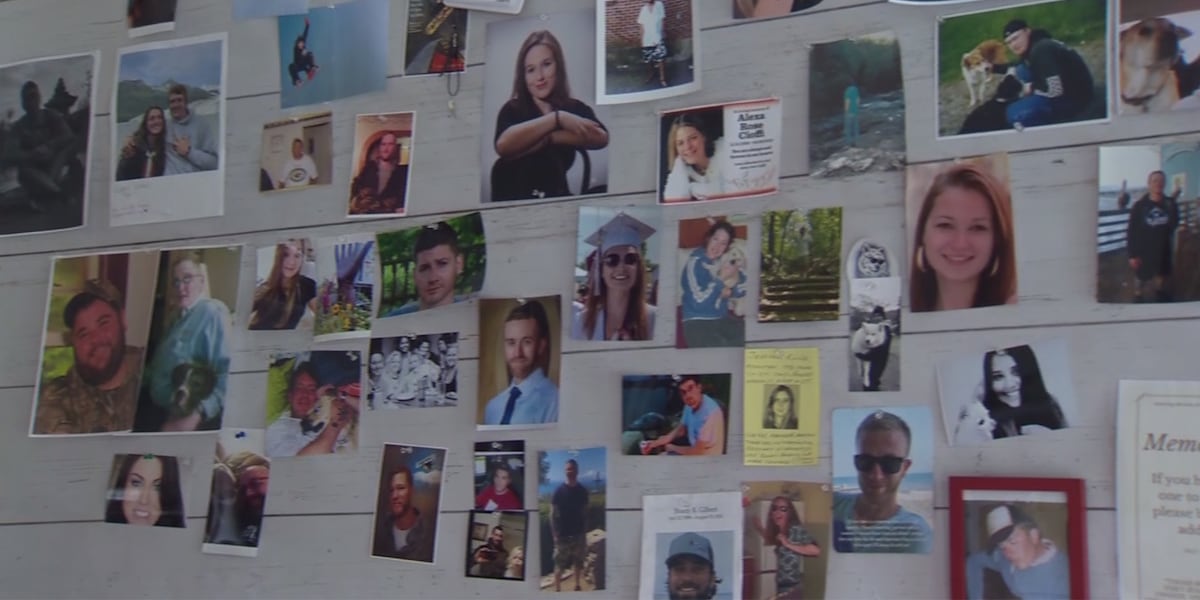Internet news feeds have obviously discovered gardening subject matter as some of the very best clickbait, but it seems it is worst this time of year.
While I have resisted, obviously many of my garden writing comrades take up the offers and produce this stuff. These are not easy to write. They have to hold enough hort interest to get you to come back after the first click and all the clicks thereafter.
If I had to write clickbait for this paper — oh, come on! — I know one topic to tackle: gardening myths, specifically Alaska ones. Let’s see how that might go.
Let’s start with tomatoes. The Alaska myth is that you need an outdoor greenhouse in order to produce fruit here. The basis for the myth is that flowers won’t set if the temperature at night dips below 55 degrees.
Actually, tomato plants can tolerate lower temperatures, down to 40 degrees in fact, as long as it doesn’t stay that cool for too long. What really happens is that the pollen production in flowers drops drastically when it is below 50 degrees; you don’t get nearly as many chances for flowers to be pollinated.
Ah, but you can grow tomatoes without a greenhouse. Buy starts and preferably large plants with some flowers, if possible. In any case, keep the plants in a spot where night temperatures won’t drop all the way, like up against a south-facing house wall or in a privileged spot on the deck. If it is going to get really cool, cover with a cloche, Reemay cloth or, if you must, plastic. Other tips: water only in the morning so the soil can heat up all day and use mulch around the plants to hold in the day’s heat.
And there are the “Russian” tomatoes. These were bred in some far northern Soviet gulag and can tolerate, thrive actually, in much cooler temperatures. Smuggled into places like Alaska, “Glacier” is the most famous, but look for tomatoes with “Polar” in the name.
Next myth: the spruce bark beetles have stopped flying and are no longer a threat to Southcentral tress. This is not true, though the number of affected trees in recent year is decreasing. The past years’ outbreak killed trees on 2.17 million acres.
There will be very big headlines on this column when spruce trees are no longer a problem. If you have any spruce, and who doesn’t, this is the time of year to check out www.alaskasprucebeetle.org. Do so as soon as you finish reading this column. You can get suggestions for replacement trees and a review of steps to keep your trees healthy and free of infestation.
Another myth has to do with potatoes, a favorite Alaska crop. Do you need to hill them? No, it is a myth. Instead, place yours on a layer of soil or leaves in a large container like a garbage pail. Then fill the container with leaves all at once instead of incrementally as the plants grow. Just ask friend, Kodiak gardener Marion Owen if this works.
Another great myth is not to water foliage with cold water on a hot day as it will burn the plants’ leaves. The drops of water supposedly act as a magnifying glasses and will burn a hole. No, they won’t. There would be a lot of destroyed plants after any thunderstorm if this myth was true. It is best, however, to water the soil around a plant and not its foliage.
And, finally, the biggest Alaska gardening myth of them all is that you absolutely have to fertilize your lawn every spring. In fact, in almost all cases you don’t ever need to fertilize your lawn. Running over winter’s debris and mulching it in as well as not bagging clippings each mowing is all your lawn really needs, along with watering of an inch or two a week.
Jeff’s Alaskan Garden Calendar:
Alaska Botanical Garden: Have you joined this year? Every great city has great gardeners and a great botanical garden. We are blessed as you will see by visiting even just the garden’s website.
Traditional planting day: If you go by tradition, Memorial Day weekend is planting-out weekend. Remember plants grown indoors need a week to harden off, i.e., acclimate to the outdoors. A few days in wind-protected shade and then in dappled shade should do it.





:quality(70)/cloudfront-us-east-1.images.arcpublishing.com/adn/EHTKI2HVEEQIEPURGDLCGK4UNQ.jpg)
:quality(70)/cloudfront-us-east-1.images.arcpublishing.com/adn/AO5KQXMICKRLPR7VEVOYYVIIME.jpg)






















